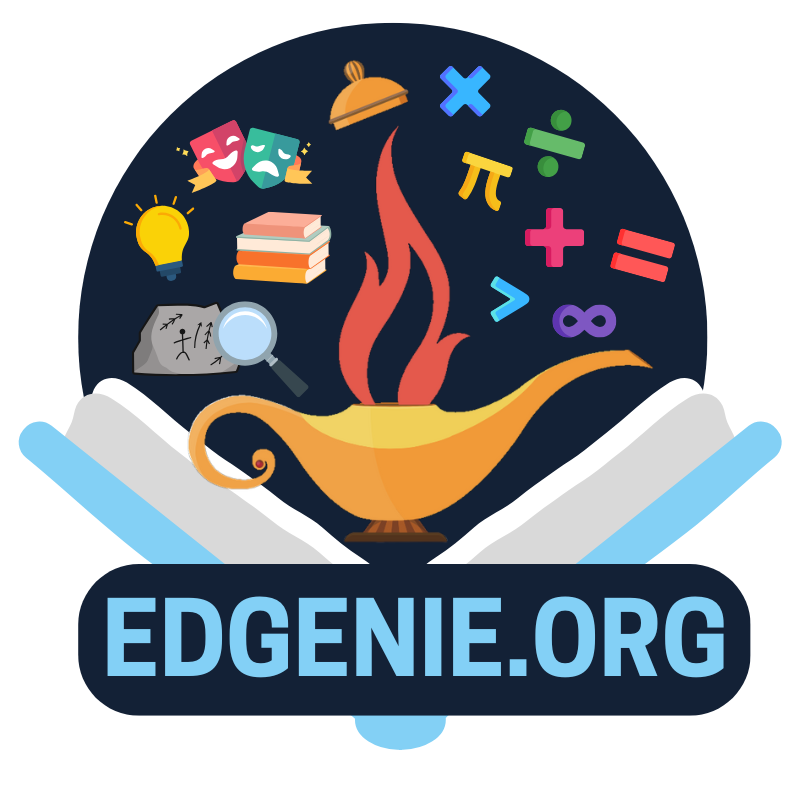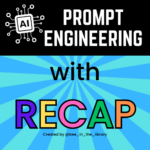Unlocking Student Success: Integrating Literacy Skills to Master Next-Gen Science Standards
Let’s face it: supporting students in meeting NYSSLS Performance Expectations (PEs) takes more than just teaching science content. It’s about equipping students with the literacy skills they need to decode questions, synthesize information, and make those critical connections that lead to understanding. One of the biggest hurdles? Helping students master the art of inference.
Now, why is inference such a challenge? Inference asks students to go beyond surface-level information. It’s about merging what the text states directly with what they already know, creating an “aha” moment that leads to the right conclusion. When a question demands that students connect their background knowledge to evidence, they need to know how to bridge that gap with confidence.
Think of inference as the glue that binds the text to the student’s prior knowledge. Without it, even the brightest students can struggle to make sense of complex scientific scenarios. To truly support our learners in mastering these skills, educators need to incorporate literacy practices that encourage students to recognize relationships between information in the text and what they already know.
Dr. Louisa Moats, a leading expert in the science of reading, emphasizes the importance of inferential skills in reading comprehension saying “Skilled readers use their background knowledge and textual clues to make inferences, which are essential for deep comprehension.”
This underscores the necessity for educators to integrate literacy instruction that enhances students’ inferential abilities, thereby supporting their success in meeting the Next Generation Science Standards.
Inferencing is an integral part of Scarborough’s Reading Rope, a framework developed to illustrate the complex, intertwined processes that contribute to skilled reading. Scarborough’s Reading Rope is divided into two main strands: word recognition and language comprehension. While word recognition encompasses the decoding and fluent reading of text, language comprehension is more multifaceted, involving background knowledge, vocabulary, language structures, and verbal reasoning, among others.
Inferencing falls under the language comprehension strand, specifically supporting verbal reasoning. Verbal reasoning is the ability to make logical deductions and understand implied meanings beyond the explicit content of a text. When readers make inferences, they combine their prior knowledge with clues from the text to draw conclusions, interpret information, and make connections that are not directly stated.
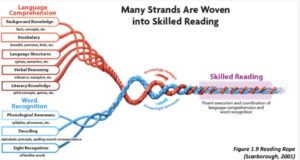
Figure 1: Scarboroughs reading rope
So, what does this mean for teaching? It’s time to step up literacy integration in science instruction. That means more than just reading; it means practicing strategies that teach students to look for clues, identify relationships, and connect the dots between data and knowledge. When we focus on boosting comprehension through literacy, we’re not just helping students pass a test—we’re setting them up for lifelong learning and critical thinking.
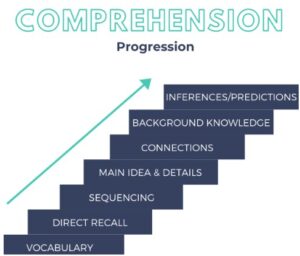
Figure 2: Progression of skills required in proficient reading comprehension
Source:
In order to draw inferences, students need to be able to make connections between information and they need to have the necessary background information in order to help the information stick (Adams, 2015) which is why it is so critical to make sure we are hitting each of these components of comprehension within our instructional processes. Inference involves recognizing significant relationships between different elements of a text and the reader’s prior knowledge. For example, consider the following scenario involving geologic history.
Example Scenario:
Penn Dixie Fossil Park and Thacher Park can be used to organize the geologic history of New York State. Which evidence supports this claim?
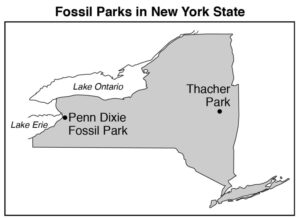
The map below shows the location of Penn Dixie Fossil Paqrl and Thatcher Park in New York State.
Figure 2: Fossil Parks in New York State
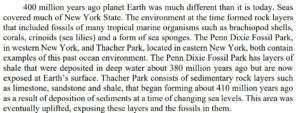
Source: NYS Next Generation Intermediate Science Exam
Figure 2: Maps of Earth
Source: NYS Next Generation Intermediate Science Exam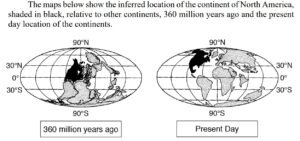
Using a structured approach to analyzing and connecting evidence with prior knowledge helps students develop the inference skills necessary for success on NYSSLS performance expectations.
Try this graphic organizer from Teaching is work of Heart Store to help reduce the cognitive load on students’ working memory, enabling them to engage in the critical thinking necessary to successfully complete the task.
Stay tuned as we dive deeper into methods, resources, and classroom hacks to make science and literacy a power couple that drives student success in meeting those performance expectations. Let’s make science accessible, one inference at a time!
The Source Says:
What does the text indicate?
Stem: “It says…” These parks can be used to organize geologic history.
The Evidence Says:
What information is provided?
Stem: “I see…”
Rock strata
Elevation
Distance from the equator
Distance from lakes or oceans
Background Knowledge:
What do I already know?
Stem: “I know…”
Rocks are layered, with the oldest at the bottom and the newest at the top.
Mountain formation increases elevation, while erosion decreases it.
Latitude impacts climate.
Areas with lower elevation are influenced by water flow, which moves downhill.
Justification:
What connections can I make?
Stem: “This tells me…”
Rock layers are arranged chronologically by age.
Processes such as erosion and mountain building happen over time.
Both parks would have similar climates as they share the same latitude.
Locations near water bodies experience more stable climates.
AI chat was used as a thought partner in the creation of this blog post.
